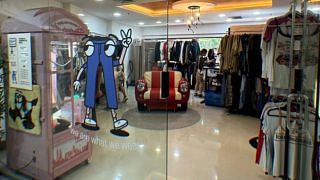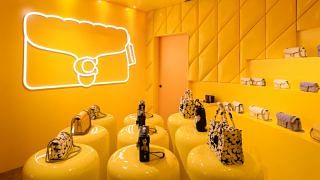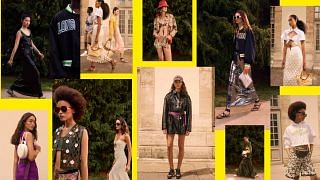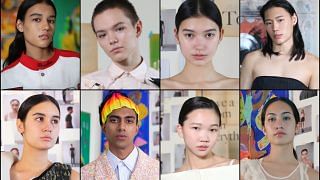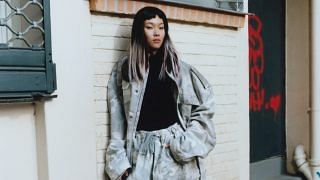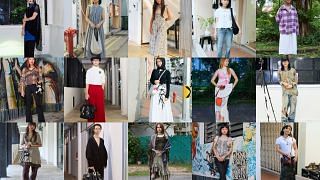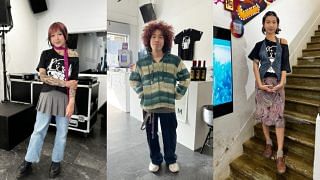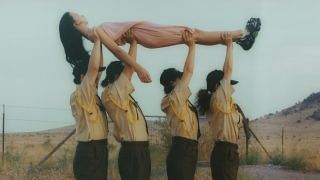
Increasingly these days, few brands can lay claim to altering or leaving an indelible mark on fashion history, but the house of Dior certainly can. Credited with resuscitating the then-ailing Parisian fashion industry post-World War II with Monsieur Dior’s seminal 1947 “New Look” collection, it’s been as much a trailblazer as it’s been a linchpin in France’s cultural landscape.
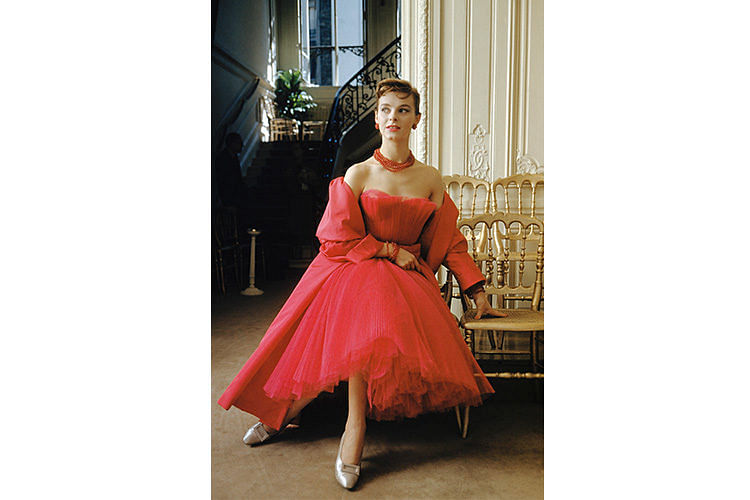
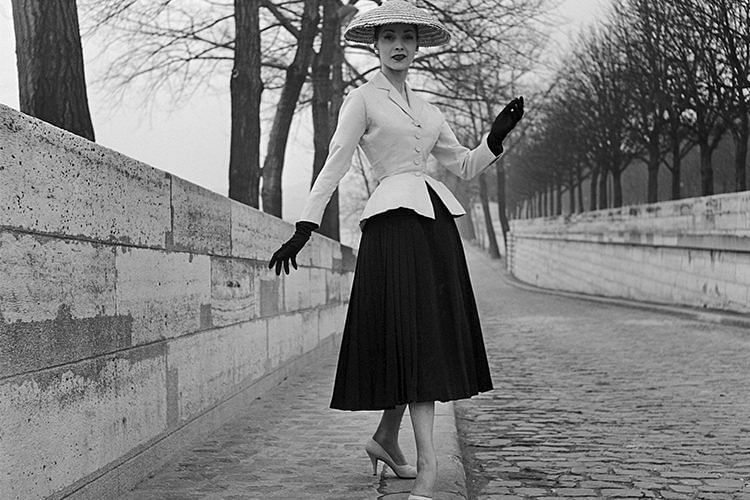
In over seven decades of existence, six creative directors have passed, each adding to the brand’s storied archives and industry tomes – and that’s not counting the shorter, but no less influential legacy at Dior Homme. Needless to say, expectations of any successor are pretty much of Herculean proportions.
When Raf Simons, the most recent man in the role, chose to vacate it in 2015, it took the house nine months – almost one quarter the length of his tenure – to appoint his replacement. And when the one turned out to be Maria Grazia Chiuri – formerly one-half of Valentino’s creative director tag team alongside Pierpaolo Piccioli and, more significantly, the first woman to helm this institution of
feminine elegance – the anticipation could only mount.
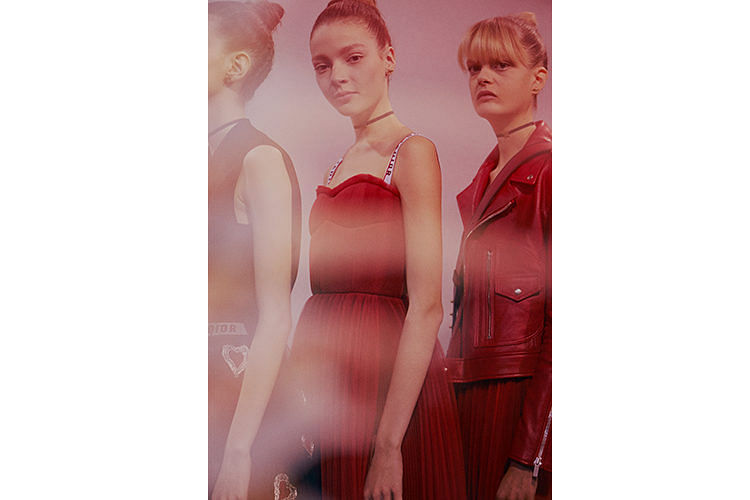

In recent years, the most successful of next-gen designers tasked to take over a venerable label have tended to plough deep into the past, skipping several terms of “administration” if you will, to pay tribute to the brand’s founder and earliest years. (See Alessandro Michele, J.W. Anderson and, seriously, you cannot expect Gvasalia to reference Wang.) But Chiuri had her own approach. As she tells online magazine Nowfashion:“I saw this challenge like a curator might when she comes across a large collection of historic paintings.”
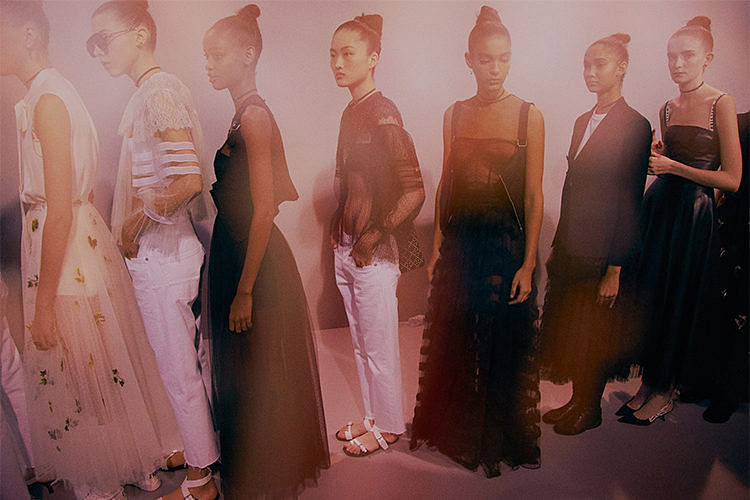
So instead of simply focusing on Christian Dior’s contributions, she also looked to everybody who came after: Yves Saint Laurent (1957-1960), Marc Bohan (1960-1989), Gianfranco Ferre (1989-1997), John Galliano (1997-2011), and even Hedi Slimane, who oversaw Homme in the early 2000s and, in that time, changed menswear forever. Her reasoning was both poetic and practical (in other words, archetypal of the modern woman): “If you only look at Monsieur Dior, this company would close in 10 years – as many as he ran it for. There are many other great designers who are part of the Dior legacy because they helped to build it.”
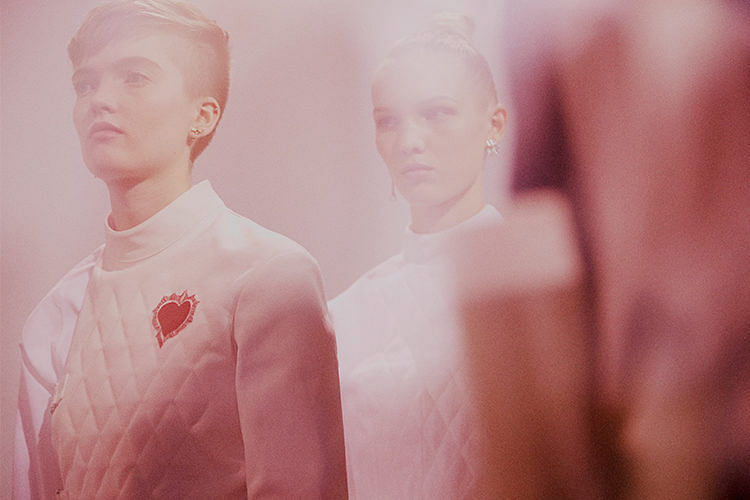
And from that rich depth of references comes an impressive range: 64 looks in total. Saint Laurent’s 1957 scoop-neck, empire-waist Roma gown, for example, is shortened to mid-thigh for a swingy, baby-doll effect. Ferre’s signature gauzy blouses are now even prettier and breezier, remade in polka-dot tulle and lace. And Monsieur Dior’s Bar Jacket – the house signature and foundation of the “New Look” – has been recut; a more effortless take on the wasp-waisted original with gently padded pockets.
In each case, Chiuri’s light touch is clear: dial down the classic polish; up the youthfulness, the joie de vivre, the cool. It’s a trait that she had already established back at Valentino, where she and Piccioli shook up the Italian label’s esteemed image, catapulting it towards a billion-dollar business with nymph-like dresses and rock ’n’ roll studded bags and shoes, all while retaining its trademark glamour.
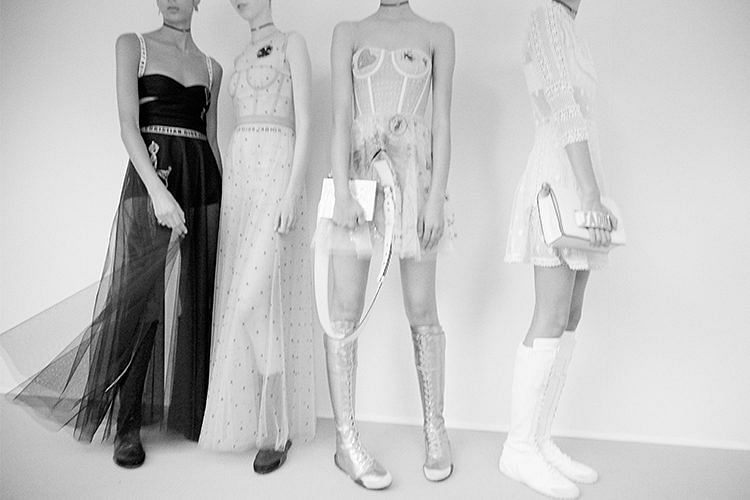

For her Dior debut, she’s even done the same with so-called subtler, less well-known house codes. Galliano’s “J’adore Dior” motto gets a millennial update, shortened to “J’adior” then woven in block letters on bandeau bras, the waistbands of boy-short briefs (very Calvin Klein), and the fabric straps of kitten-heel slingbacks that otherwise exude ’40s glamour. From Slimane: the bee motif, now embroidered onto everything from frothy tulle skirts to fencing-inspired quilted tops and knee-high sneaker boots.
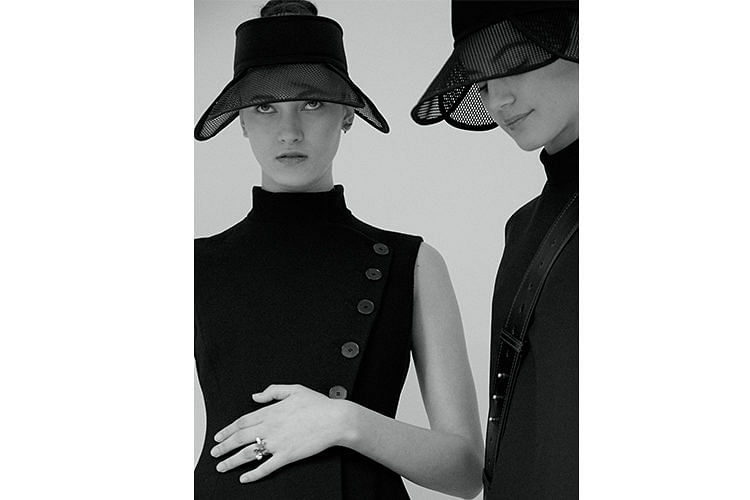
Much of this modern, not-overly-serious brand of rejuvenation has to do with her 20-year-old daughter Rachele – her ultimate muse, she tells Vogue US. “Sometimes it’s the kids who teach the mothers… Women are faceted with different moods, and we love the idea of a new generation of Dior girls who express themselves freely by mixing different elements together.”
Democracy, individuality and inclusiveness – three themes the most game-changing of today’s designers are championing on repeat. Going back to her roots as an accessories designer (first at Fendi and then Valentino), Chiuri’s offered up a surprisingly trendy range of leather goods and costume jewellery that lend personal edge to her younger, less precious vision of the Dior woman. Pool slides with oversized metal logos and matching handbags. Delicate ’90s style chokers and in-your-face knuckle duster rings.
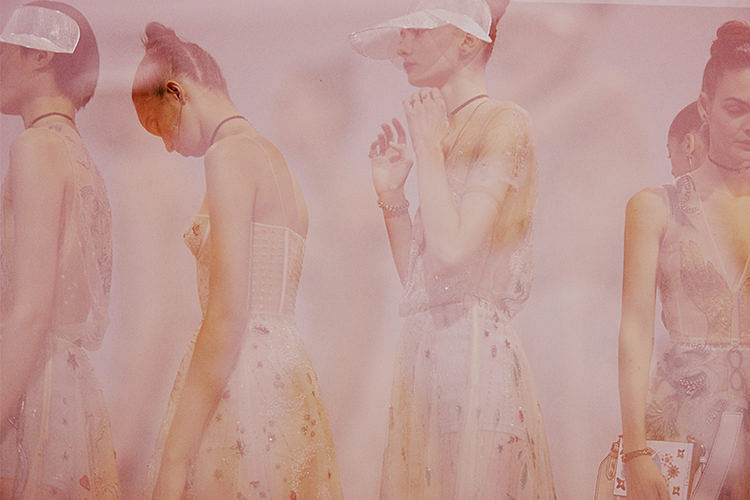
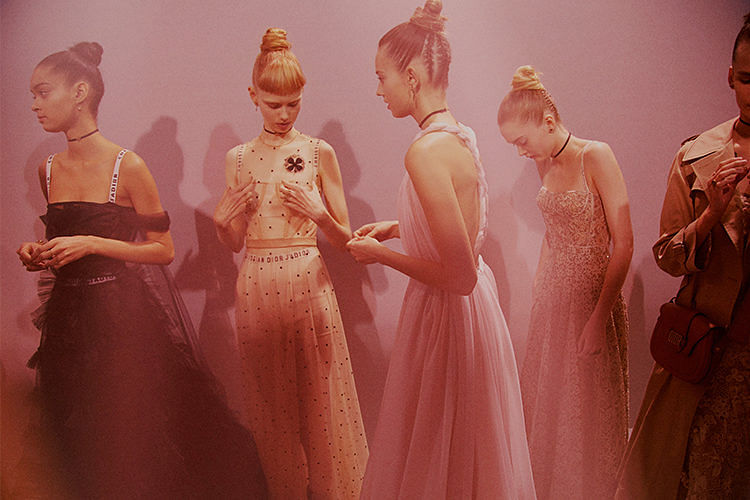
They might sound right out of the high street (the scene’s already teeming with copycats), but are in fact Chiuri’s most original contributions to the label. These and what got everybody buzzing the minute they hit the runway: cotton tees emblazoned with cheeky slogans like “Dio(r)evolution” and
“We should all be feminists”.
Are these a sly nod to her being the first lady of the house of Dior? In her show notes, all she says is that she’s striving to be “attentive and open to the world and to create fashion that resembles the women of today”. So they might just be that – T-shirts, cool ones to wear whenever and however one pleases. With a couture-worthy tulle ballgown skirt, or jeans. And that’s Chiuri’s first indelible mark on Dior history.
Maria Grazia Chiuri Portrait Brigitte Lacombe
This story first appeared in Female’s March 2017 issue.
Like this? Check out the best-dressed celebrities at the Oscars 2017, the 80s workwear uniform gets a modern update for Fall 2017 and get a behind the scenes look at how the Miss Dior bow is created at the Dior atelier.



